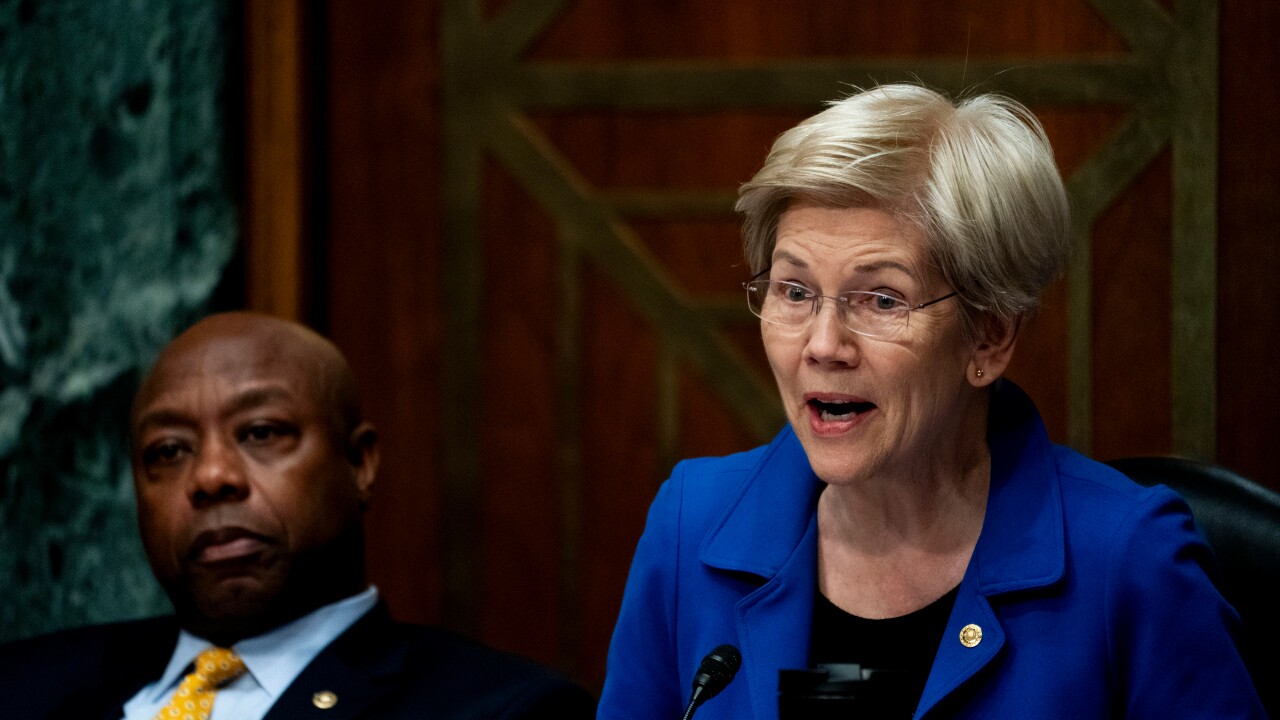Want unlimited access to top ideas and insights?
Stellar, an open-source payments network that started as a splinter project from Ripple, has formed a for-profit company to help financial institutions integrate its software.
Lightyear.io represents an acknowledgment that to fulfill Stellar co-founder Jed McCaleb's goal of an open, global financial system, traditional banks will need to be involved.
The company said in a press release that by utilizing Stellar’s open-source network, it will be able to power payments between financial institutions and enable “seamless exchange between currencies, and let anyone build low-cost financial services.”
Stellar started in 2014, the year after McCaleb left Ripple. Early on the Stellar project's strategy was to integrate with microfinance institutions in the developing world, but it "couldn't go past a certain point" without larger financial institutions connected to the network, he said Wednesday.
It's a common narrative in fintech lately, as aspiring disruptors pivot from challenging incumbents to partnering with them, or pursuing

For financial institutions, McCaleb said, Stellar's selling point is interoperability. Just as the internet allows users to send messages anywhere in the world, Stellar will allow banks to connect to remittance companies, payment platforms like Venmo or mobile money systems such as Kenya's M-Pesa, he said. It will "increase the reach and scale any financial institution can have," said McCaleb, who is the chief technology officer at Stellar.
That’s a similar pitch to what his former employer, Ripple, has been making in recent years as it
McCaleb argued that his team has improved upon Ripple's code (including a complete rewrite after Stellar suffered a major
Nevertheless, he said, it became necessary to set up a commercial enterprise to work with partners so the foundation could focus on its core mission of securing the Stellar protocol and "wasn't pulled in two directions."
The relationship between Stellar and Lightyear is akin to that of the Linux Foundation and Red Hat, where one focuses on the development of open-source software and the other sells related services, McCaleb said.
Lightyear's other co-founder is Brit Yonge, previously an executive with Palantir Technologies, the analytics and data firm co-founded by the Silicon Valley titan Peter Thiel.
McCaleb also created the first bitcoin exchange, Mt. Gox, which he sold to Mark Karpeles in 2011, three years before its collapse. In 2012 he
Ripple and Stellar both allow payments denominated in fiat currency but have their own native digital currencies. Stellar's is called lumens. The digital currency serves as a "security token" guarding against spam attacks by requiring users to spend a small amount of lumens to transfer fiat. Lumens also can act as "bridge currency," facilitating trades for currency pairs that lack a liquid market. For example, if someone wanted to send money from London to Toronto but there are few counterparties on the network willing to trade loonies for pounds, trading in and out of lumens could get the transaction done.
In its early days, Stellar envisioned getting lumens





